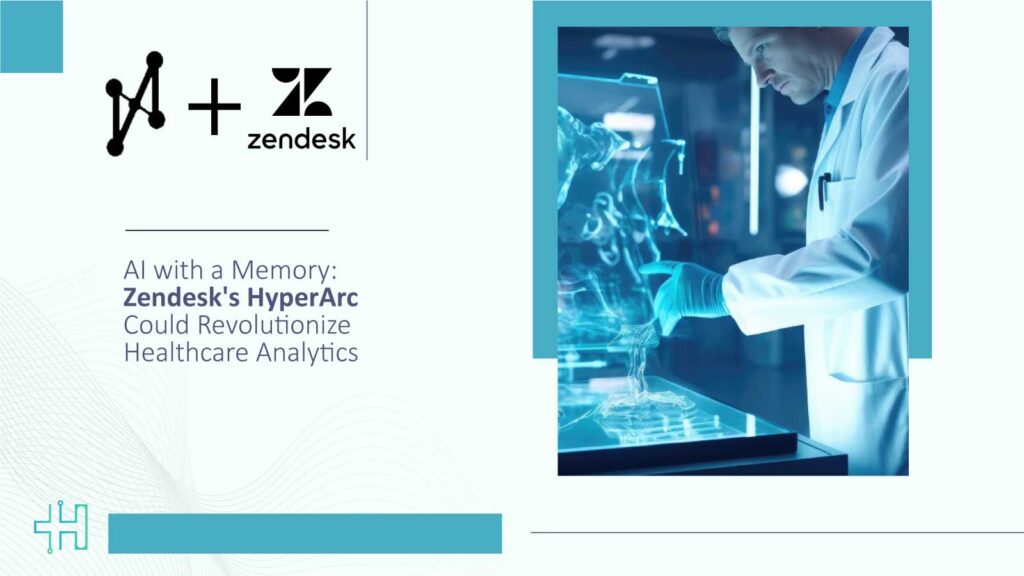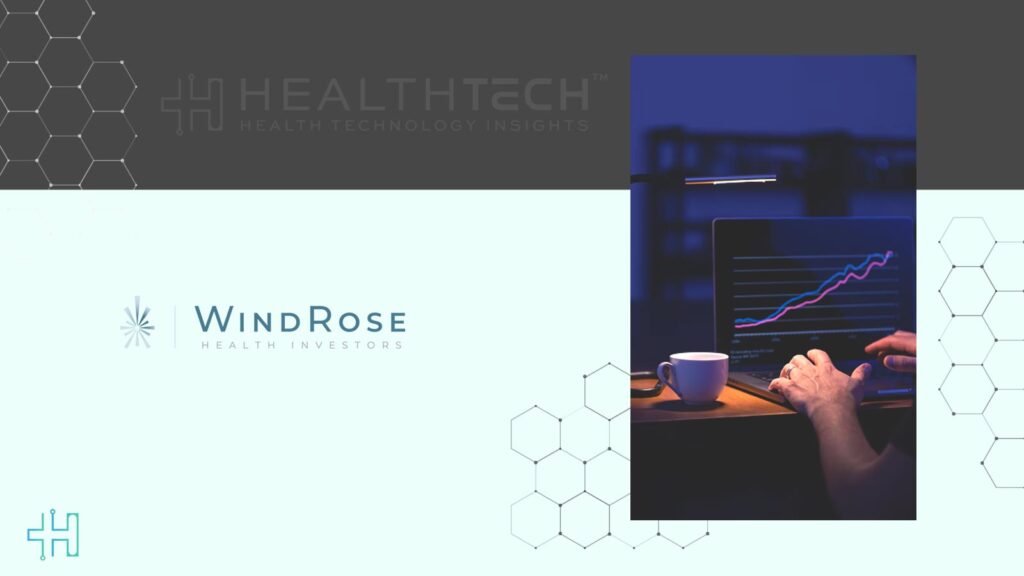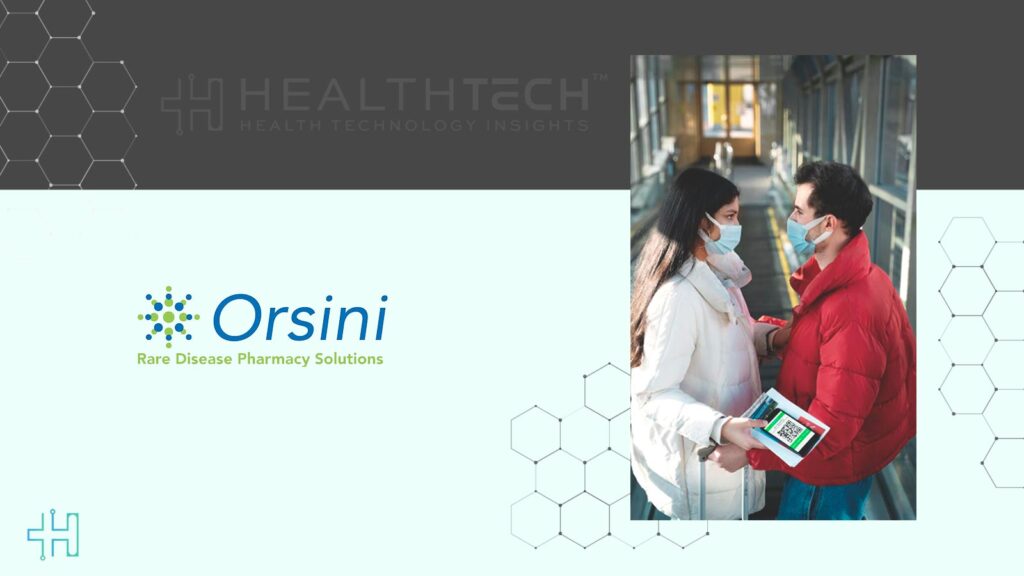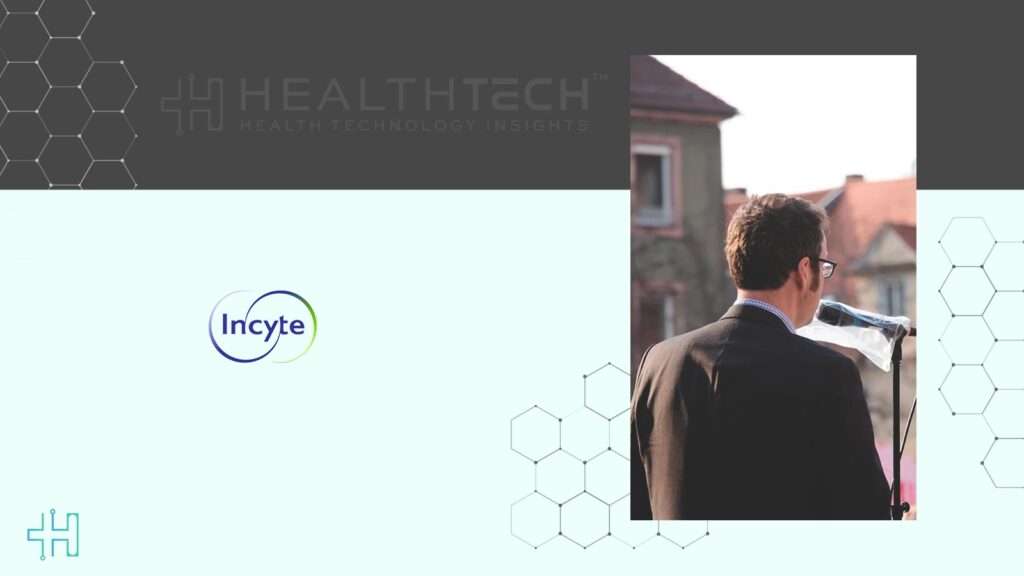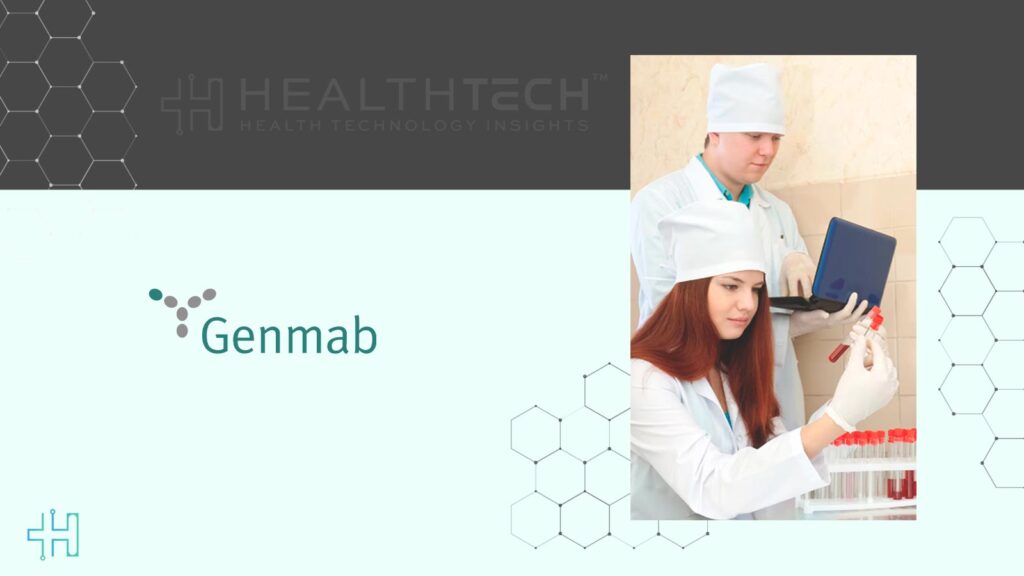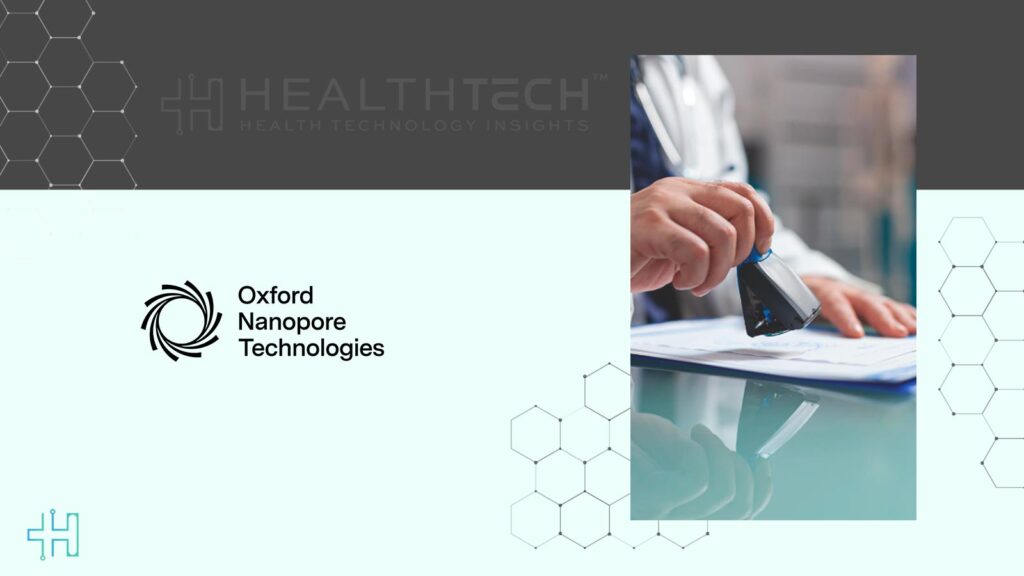Zendesk announced its acquisition of HyperArc, a next-generation analytics platform designed around generative AI and memory-based architecture. This marks a significant expansion of Zendesk’s capabilities beyond customer service, positioning the company squarely within the enterprise analytics space, with clear implications for healthcare.
So, what makes this different from the usual dashboards and business intelligence (BI) tools we’re all used to?
HyperArc is built to learn from every interaction, every insight, and every moment that came before. That means instead of starting from scratch every time, healthcare leaders could soon be working with a platform that connects past trends with real-time data to surface what truly matters, without needing a team of analysts.
As Zendesk put it in their official announcement: “HyperArc’s analytics platform is deeply rooted in GenAI, boasting a memory-based architecture that surfaces patterns and insights with minimal effort from users.”
Healthcare Analytics with HyperArc
Think about how healthcare systems operate, silos of patient, staffing, and operational data that don’t always talk to each other. HyperArc’s strength lies in bridging those gaps. It doesn’t just tell you what’s happening, it gives you the why, the trend, and the next best move, all in real time. Perhaps the most exciting part is what this means for access.
By bringing HyperArc into its ecosystem, Zendesk isn’t just upgrading its platform; it’s democratizing enterprise-level analytics. The goal is to put powerful, actionable insights into the hands of not just data teams but also clinical directors, HR leads, and operational managers across the healthcare system.
It’s the kind of shift that could help healthcare move from lagging indicators to proactive, responsive decision-making. In a world where timing and context can impact lives, that’s more than just innovation; it’s an impact.
Zendesk’s Big AI Move
HyperArc is a next-generation analytics platform powered by generative AI. What sets it apart is that it has memory. Not just “remember-your-last-filter” memory, the kind that connects the dots over time, sees the bigger picture, and helps you make decisions that matter.
- You won’t have to dig through three different systems to see what changed in patient satisfaction over the last 90 days.
- You don’t need to manually connect the spike in call center tickets to staffing shortages in a specific location.
- It’s all there, already surfaced, already contextualized.
That’s just what HyperArc promises.
Simplifying Patient Patterns through GenAI
We’ve got no shortage of data in healthcare. But we do have a shortage of time, clarity, and, let’s be real, energy to decode what the data is trying to tell us. That’s where this gets exciting.
HyperArc is like that one teammate who always knows what’s going on, reminds you of patterns from last month, and says, “Hey, you might want to take a look at this, it matters.”
It works in the background so your team can move faster, with less guesswork. It’s not just about giving you data, it’s about giving you confidence.
Empowering More People to Act
The majority of people associate “generative AI” with chatbots, content producers, or possibly coding assistance. The true revolution in healthcare, however, is taking place in the background, in the way that data is analyzed, contextualized, and transformed into knowledge. The foundation of HyperArc is GenAI, but not in the way you may think. It produces more than just reports and graphics. It creates meaning.
GenAI comprehends purpose rather than mechanically generating datasets, revealing patterns, outliers, and correlations before you ask. It gradually increases its accuracy and lowers “noise” by learning from user interactions. What makes this acquisition different isn’t just the tech, it’s who it’s built for.
Not just analysts or data engineers, but clinical leads, operations managers, HR teams, and service heads who need timely answers to make smart calls. With HyperArc, Zendesk isn’t just adding new features. It’s making a bigger statement: Enterprise-grade insights shouldn’t be locked behind technical complexity. Everyone should have access to data that helps them lead.
That shift from visibility to meaning is what so many healthcare systems have been waiting for.
The GenAI Advantage in Real Life
Let’s say you’re a system director noticing a spike in patient complaints in one region. Instead of waiting for ops to investigate manually, HyperArc can:
- Cross-reference staff schedules, EMR time stamps, and ticket volume.
- Surface a likely cause, like understaffing during peak hours.
- Recommend specific shifts or service changes that reduce friction.
- Present the insight in plain language, not SQL.
It just answers when and where you need it to. That’s GenAI as a real-world accelerator for better care, smoother operations, and faster decisions.
Intelligence That Learns Is Intelligence That Leads
In an industry as complex and fast-moving as healthcare, we don’t need more dashboards.
We need systems that think with us. That grows with us and guides us forward.
Zendesk’s acquisition of HyperArc is a glimpse into a future where AI doesn’t just report on what’s happened, but helps shape what happens next.
Where insights aren’t buried in spreadsheets, but delivered in real-time. People making critical decisions about patients, teams, and systems have a trusted intelligence layer working alongside them, powered by generative AI with memory, context, and clarity.
This isn’t about replacing human judgment. It’s about amplifying it.
That’s the kind of AI we should all be paying attention to.
FAQs
1. What exactly makes HyperArc different from other analytics platforms we’ve used in healthcare?
HyperArc doesn’t just display data, it remembers it. Its GenAI-powered memory architecture helps it learn over time, recognize patterns, and connect real-time and historical data to give you insights that are useful.
2. How is generative AI helping healthcare leaders make better decisions, not just faster ones?
Generative AI goes beyond automation. It interprets complex, messy data and translates it into context-rich recommendations, surfacing trends you might not even know to look for. It’s not just speeding things up; it’s making decision-making more intentional, proactive, and strategic.
3. Will healthcare professionals need technical training to use tools like HyperArc effectively?
Not at all. That’s the beauty of it. Platforms like HyperArc are designed with non-technical users in mind, think clinical managers, HR leaders, and operations staff. The interface and experience are built to feel intuitive, so you can focus on action, not on learning how to code or run SQL queries.
4. Does this mean Zendesk is shifting away from customer experience tools?
Not quite. Zendesk is expanding beyond support into enterprise intelligence, especially where customer and operational data overlap. For healthcare, this means better insight into patient experiences, employee feedback, and systemic friction points, all through the same ecosystem.
5. What kinds of results can healthcare organizations expect from using memory-based AI analytics like this?
Expect to move from reacting to problems toward preventing them. Whether it’s identifying burnout risk in teams, spotting patterns in patient satisfaction drops, or aligning staffing with demand, memory-based AI gives leaders timely, actionable insights that help improve outcomes across the board.
Dive deeper into the future of healthcare.
Keep reading on Health Technology Insights.
To participate in our interviews, please write to our HealthTech Media Room at sudipto@intentamplify.com

